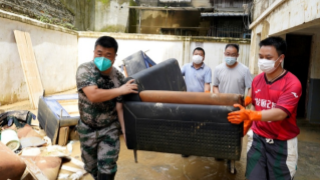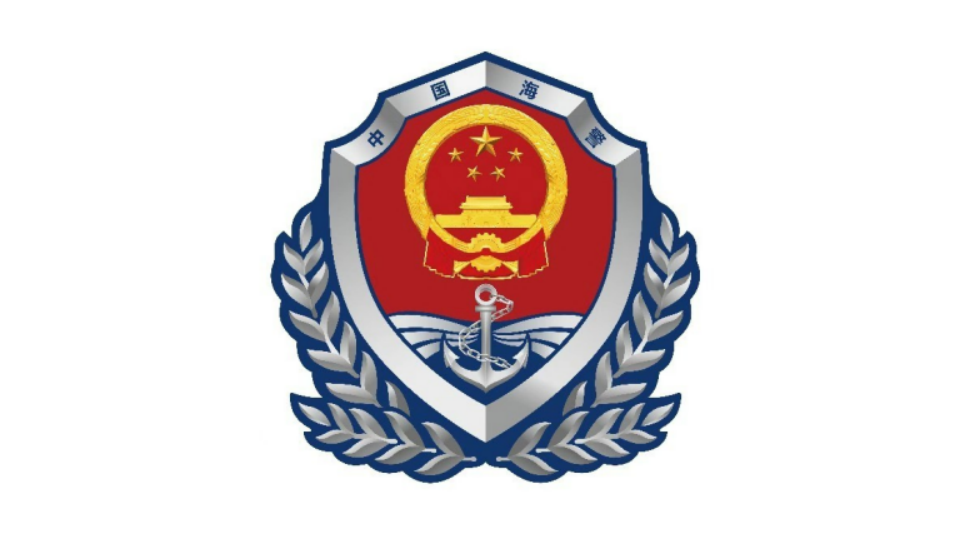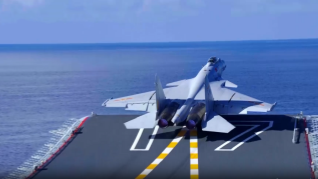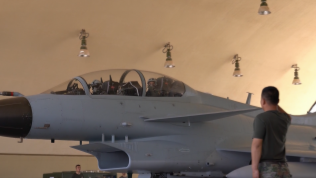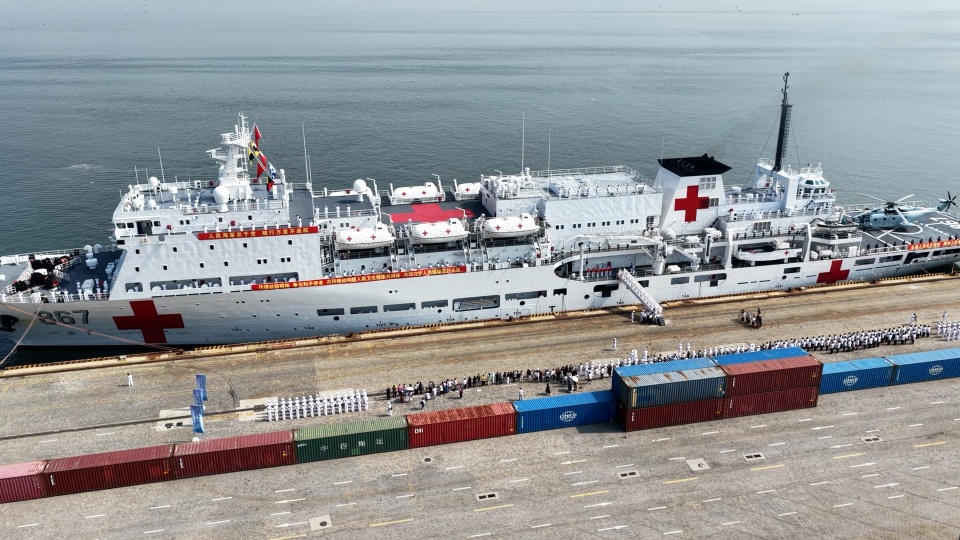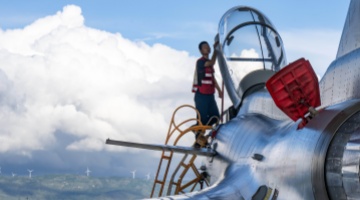By Xie Siqiang
谢思强
Recently, NATO conducted exercise Baltic Operations 2025 (BALTOPS 25), involving over 40 vessels, 25 aircraft, and approximately 9,000 personnel, from 16 NATO member states, including the US, the UK, Turkey and Baltic littoral countries.
近日,北约“波罗的海行动-2025”军事演习举行,共有来自美国、英国、土耳其以及波罗的海沿岸国家在内的16个北约国家的40多艘舰艇、25架飞机和约9000名军人参加。
A key feature of this year's BALTOPS 25 is the live-fire drills of unmanned equipment. In addition to traditional training subjects such as air defense, maritime interception, anti-submarine warfare, mine countermeasures and medical evacuation, the exercise incorporated surface unmanned vessels and unmanned underwater vehicles into core tasks like anti-submarine and mine-sweeping operations, focusing on testing manned-unmanned cooperative combat ability. This move not only reflects lessons learned from the large-scale use of drones and unmanned surface vessels in the Ukraine crisis, but also aims to adapt to future battlefields where unmanned and intelligent systems are expected to play an increasingly prominent role. It serves as a rehearsal for NATO to further integrate unmanned platforms into modern maritime and air operations.
无人装备的实战化演练是此次演习的一大特点。除防空、海上拦截、反潜、水雷对抗、医疗后送等传统科目外,演习还将水面无人舰艇、无人潜航器纳入反潜、扫雷等核心科目,重点检验有人/无人协同作战能力。此举既是对乌克兰危机中无人机、无人艇大规模使用的经验总结,也意在适应未来战争中越来越多的无人智能作战场景,是北约对无人平台融入现代海空作战体系的一次推演。
Notably, the exercise was conducted close to Russia's strategic enclave of Kaliningrad and its northwestern border. It reinforced NATO's coordinated deployments on both the eastern and western flanks of the Baltic Sea and enhanced its forward deterrence posture against Russia.
值得一提,此次演习紧邻俄罗斯战略要地加里宁格勒以及西北边境,加强了北约在波罗的海东西两翼的协同部署,提高了北约对俄战略前沿的威慑能力。
At present, the return of Donald Trump to the White House has dealt a serious blow to transatlantic relations, while divisions among NATO member states over defense spending and their positions on the Ukraine crisis continue to deepen. Amid multiple internal divisions, NATO seeks to demonstrate its unity and capacity for coordinated action through this large-scale joint exercise, especially with the active participation of Sweden and Finland as its newest members. For Latvia, which shares a direct border with Russia, NATO's show of force has undoubtedly reinforced its resolve to remain closely aligned with the alliance.
当前,特朗普重返白宫严重冲击跨大西洋伙伴关系,北约成员国在防务支出、乌克兰危机立场上的矛盾持续发酵。在面临多重内部分歧背景下,北约希望通过此次多国联合行动,尤其是瑞典、芬兰作为新成员国的深度参与,展示北约的团结与协同能力。对拉脱维亚这样直接与俄罗斯接壤的国家而言,北约这一强力姿态无疑稳固了其与北约深度绑定的想法。
Before the BALTOPS 25, Russia conducted a large-scale drill near the Baltic Sea on May 27, involving more than 20 warships, speed boats and support vessels, along with 25 fixed-wing aircraft and helicopters, to practice anti-submarine warfare, counter drone boat attacks, and strike maritime and aerial targets. Russia has not only deployed the main forces of its Baltic Fleet but also transferred troops from its Northern Fleet for cross-regional operations, demonstrating its integrated maritime and aerial warfighting capabilities.
在“波罗的海行动”军演之前,俄罗斯5月27日在波罗的海附近海域进行了大规模军演——投入20余艘军舰、快艇和保障船,25架固定翼飞机和直升机,演练反潜作战、防御无人艇攻击、海上和空中目标打击等内容。俄罗斯不仅派出波罗的海舰队主力,还从北方舰队跨区域调兵,展示海空一体化作战能力。
NATO and Russia are holding exercises in the Baltic Sea almost simultaneously, creating a head-to-head confrontation. The frequent encounters between their ships and aircraft in these narrow waters have raised concerns about possible accidental clashes and further escalation in the region. Since the outbreak of the Ukraine crisis, the Baltic Sea has become a key front in the strategic rivalry between NATO and Russia. With Finland and Sweden joining NATO, in particular, all Baltic coastal states except Russia are now members of the Alliance. In the future, such joint exercises in the same waters are likely to take place more frequently in the Baltic region, which would further intensify maritime competition between NATO and Russia.
北约与俄罗斯在波罗的海几乎同期举行军演,形成“针尖对麦芒”的对峙局面,双方舰机在狭窄海域频繁互动,甚至不排除“擦枪走火”的可能,引发外界对该地区局势升级的担忧。乌克兰危机爆发后,波罗的海已成为北约与俄罗斯博弈的前沿。特别是芬兰、瑞典加入北约后,除俄罗斯外的所有波罗的海沿岸国家都已是北约成员国。未来,这种“同域军演”可能会在波罗的海区域频繁上演,北约与俄罗斯的海上博弈也将愈加激烈。
(The author is from the PLA Academy of Military Sciences.)
(作者单位:军事科学院)





